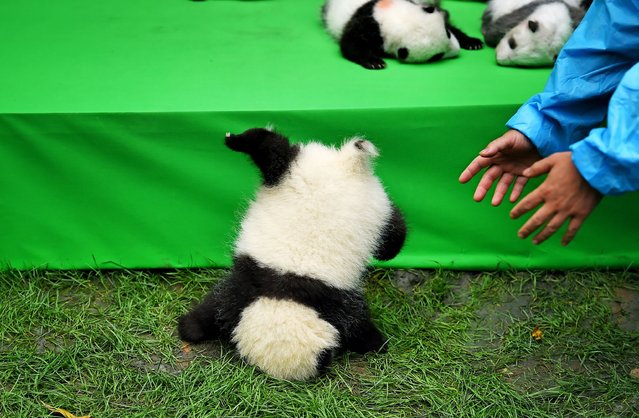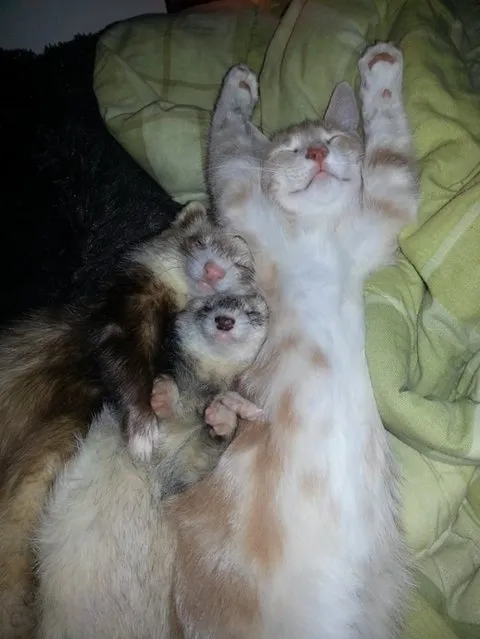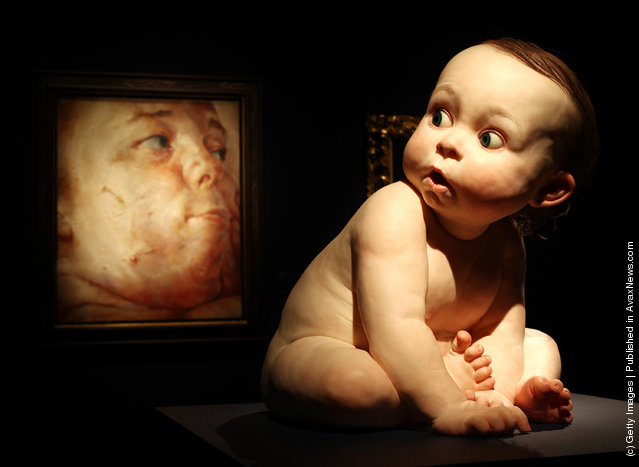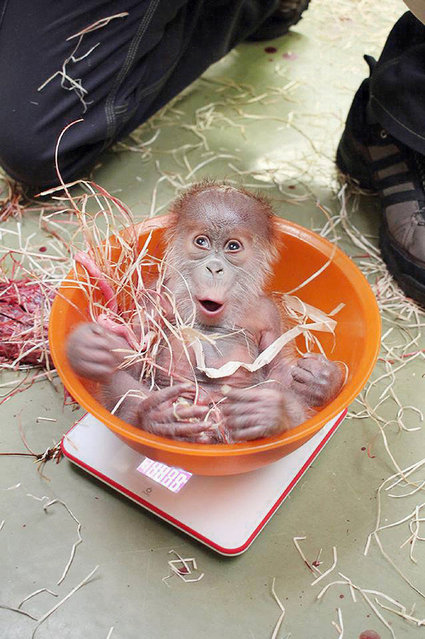
A giant panda cub falls from the stage while 23 giant pandas born in 2016 seen on a display at the Chengdu Research Base of Giant Panda Breeding in Chengdu, Sichuan province, China, September 29, 2016. (Photo by Rex Features)
02 Oct 2016 08:23:00,post received
0 comments







